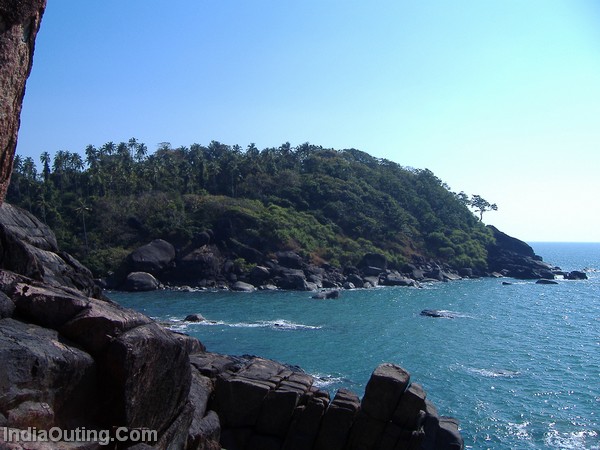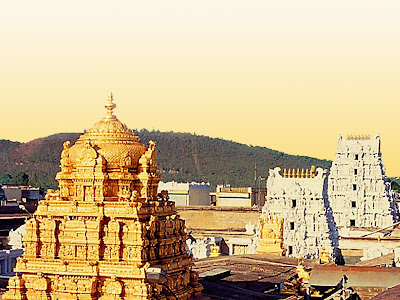Goa is bounded with festivals and fairs around temples and churches which also commemorate eaily legends. They are the occasions when a Goan peasant manifests joy and happiness.

Bhandap is a traditional folk dance that is performed by the womenfolk of the scheduled tribe community. Corredinho-Portuguese Folk Dance is another peasant dance which is popular among Goan elite youth. Dekhm-Beauty dance is performed only by women and it displays a rare blend of Indian and Western rhythms.
Dhangar Dance is performed in Navratra days. Fugdi and Dhalo is a folk dance again performed by women. Ghode Modnr is 111 commemoration of the return of the Ranes after victories over the Portuguese in Bicholim and Satari Taluka.
Goans are very proud of their state but often lack firmness in dealing with issues related to government utilities, administrative corruption and horrendous government services. Religion is very important to the Goans. Let it be Catholic, Hindu or Muslim. Churches, Temples and Mosques will be found all around Goa.
![Reblog this post [with Zemanta]](https://lh3.googleusercontent.com/blogger_img_proxy/AEn0k_tw2jXd5DAuTPYZEyP6KfEZ3cXVj6ajA47EE9IM7SZbCf4kooqz_vR2UfooglCpxnzdGp09IYBDI5_fYshnffJbreFjBqfaSXdpei0ZoxgFqmKWeaRFBKfji5o-0q14gN-LAzOMhiIbpF9Gyo-xh8gp=s0-d)

Bhandap is a traditional folk dance that is performed by the womenfolk of the scheduled tribe community. Corredinho-Portuguese Folk Dance is another peasant dance which is popular among Goan elite youth. Dekhm-Beauty dance is performed only by women and it displays a rare blend of Indian and Western rhythms.
Dhangar Dance is performed in Navratra days. Fugdi and Dhalo is a folk dance again performed by women. Ghode Modnr is 111 commemoration of the return of the Ranes after victories over the Portuguese in Bicholim and Satari Taluka.
Goans are very proud of their state but often lack firmness in dealing with issues related to government utilities, administrative corruption and horrendous government services. Religion is very important to the Goans. Let it be Catholic, Hindu or Muslim. Churches, Temples and Mosques will be found all around Goa.




